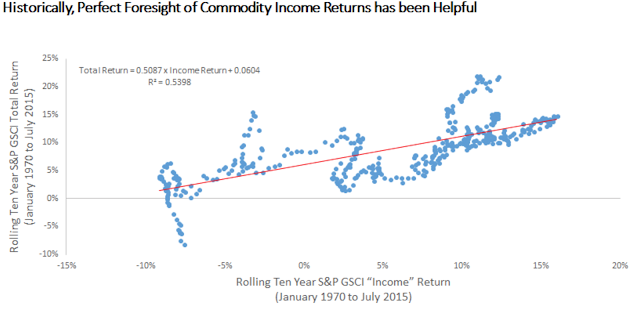There is a common view by some that if you want to show how smart you are you should tell people how complex your investment process is relative to others. Wow investors with your skill and mental dexterity and this will win you new money. Be and act like the smartest man in the room.
Yet, in reality, there is elegance in simplicity and the ability to breakdown processes into simple language. Complexity may make a manager seem smart but it may not raise assets. Investors will never give money to manager they cannot understand no matter how smart you are. Simplicity may actually show your true skill. As said by Albert Einstein, "If you cannot explain it to a six year old, you don't understand it yourself."
Yet, in reality, there is elegance in simplicity and the ability to breakdown processes into simple language. Complexity may make a manager seem smart but it may not raise assets. Investors will never give money to manager they cannot understand no matter how smart you are. Simplicity may actually show your true skill. As said by Albert Einstein, "If you cannot explain it to a six year old, you don't understand it yourself."
This need for simplicity is certainty true with investor due diligence. Investors do not want to pick the most complex investment process but one that makes sense and is simple to understand. Of course, there is desire for uniqueness and special skills, but the need for simplicity still exists. Hence, one of the key roles of managers is to conquer complexity through providing simple answers to the key questions.
1. What do you do differently than other managers?
2. What is your edge? Why or how do you do this differently than others?
3. How will you perform during periods when your peers do poorly? Why?
4. How will you perform during periods when your peers do well? Why?
5. Why should investors have your strategy in their portfolio?
Surprisingly, these questions are not easy to answer and take a lot of work to effectively explain to investors; nevertheless, driving to simplicity not only helps the investors but also the manager.
































